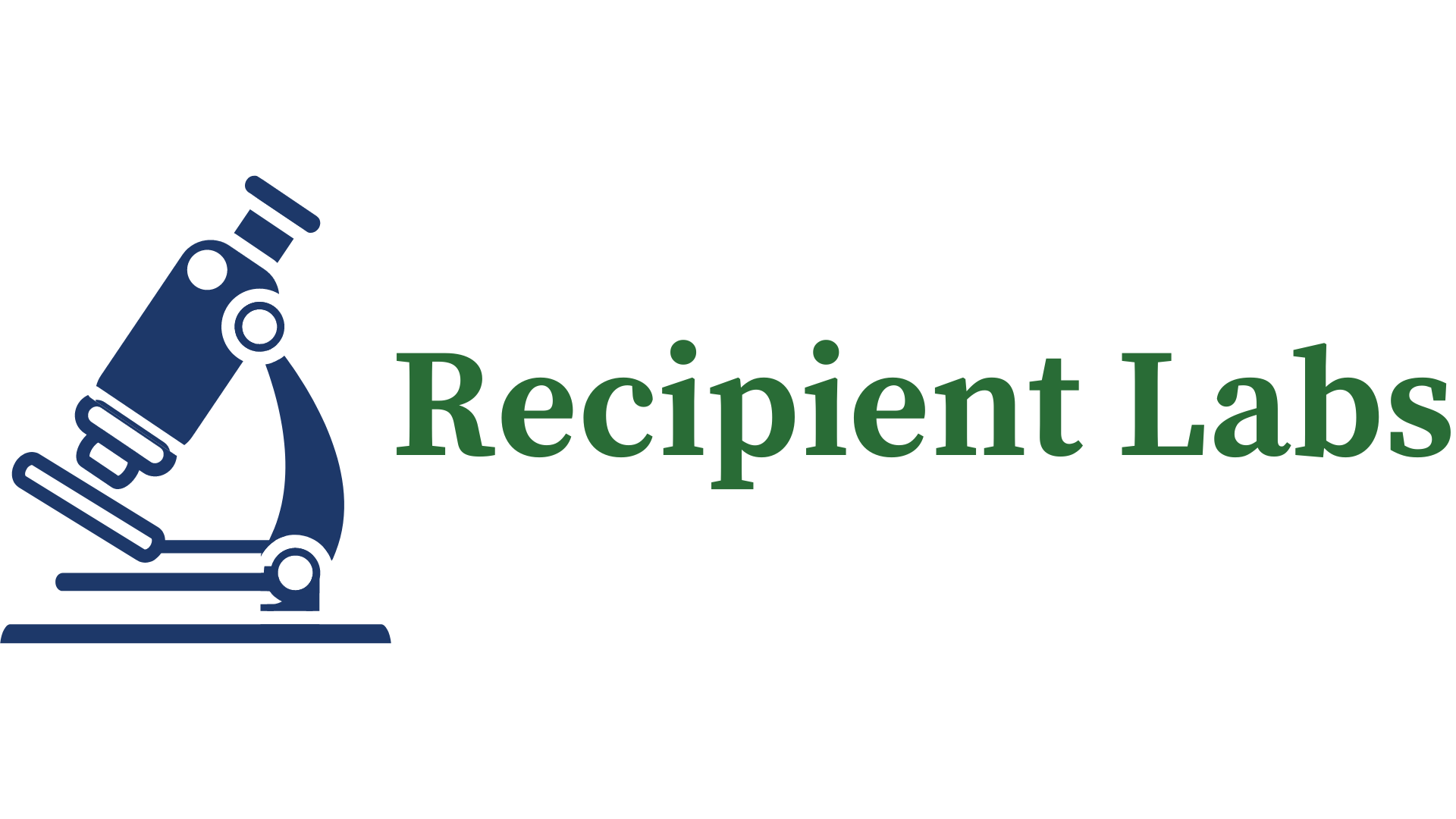We’ve talked a bit about the BMG story structure. We’ve also talked about the drug flow of the BMG cycle, and we’ve even talked about how tweaking the sentence arrangement of a case study from Finland would improve the drug flow in that particular case study.
But it’s very popular these days to recommend using the problem-solution cycle, another structure, when speaking, especially in business environments.
So the question comes up: If we want to keep it short, can’t we just go with the problem-solution cycle? After all, the entire problem-solution cycle can be contained in the second leg of BMG, so can’t we just hack off the first and third legs of BMG?
And the answer is “probably not, be careful now.”
You see, the first and third legs of BMG are mostly dopamine, which is the happy drug. The second leg is cortisol, the stress hormone, and you want your potential customers to associate you with good times too, not just stress. That’s why BMG starts, and finishes, with dopamine.
Now, I completely get the need to keep your stories short. These are, after all, stories for business, and no one has time to sit around while you unwind an 800-page story, no matter how good.
So all three legs of BMG need to be crammed into a very small space. But no worries. If Ernest Hemingway can tell a story in 6 words, you can definitely do one in three sentences.
